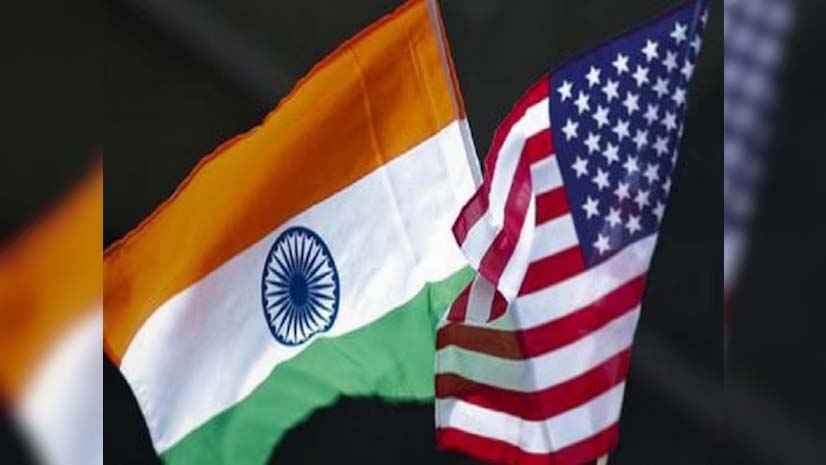India and the United States have embarked on a collaborative endeavor to rejuvenate the Indian Ocean Observing System (IndOOS), a configuration of 36 anchored buoys across the vast oceanic expanse that gathers intricate data sets for weather forecasting purposes.
The array experienced a period of neglect and disrepair throughout the COVID-19 pandemic, resulting in significant deficits in critical observational data, crucial for meteorologists. This shortfall has impacted insights into the correlation between the Indian Ocean Dipole phenomenon and the monsoon season.
The resumption of IndOOS was a key topic during recent discussions between Earth Sciences Secretary M. Ravichandran and Rick Spinrad, the National Oceanic and Atmospheric Administration (NOAA) Administrator.
These moored buoys form a vital component of the Research Moored Array for African-Asian-Australian Monsoon Analysis and Prediction (RAMA) initiative. This program emerged from a collaborative effort between India’s Ministry of Earth Sciences and NOAA in 2008.
Ravichandran stated, “Our goal is to restart RAMA. I spoke with the NOAA chief during my visit to Washington in March.” NOAA is supplying the necessary equipment while India will allocate maritime resources beginning in July to reinstate the RAMA network, requiring roughly 60 to 90 days of ship-time.
An article in the Bulletin of American Meteorological Society (BAMS) highlighted the pandemic’s impact on the deployment and maintenance of the observational array, causing disruptions in equipment supply chains.
RAMA’s moored buoys typically undergo annual replacements due to sensor degradation and depleted batteries. The servicing is conducted by research vessels primarily from Indonesia, India, and South Korea in collaboration with NOAA.
However, during the pandemic, these research missions were paused for over two years, with only one servicing voyage in January 2022, which managed to retrieve two buoys in the southwest Indian Ocean.
Oceanic observations hold a paramount place in providing operational services like cyclone advisories, storm surge warnings, monsoon forecast data, and climate predictions, as well as tsunami alerts and detection of harmful algal blooms. RAMA’s anchored buoys also furnish essential validation data for air-sea flux products and satellite measurements.
Marine monitoring plays a pivotal role in weather and climate predictions in the Indian Ocean and its neighboring regions. It aids in sustaining long-term, consistent maritime records, furnishes insights into the ocean’s condition, and is essential for establishing benchmarks to measure natural fluctuations and anthropogenic climate alterations.









